Nestled along the tranquil banks of the Daugava River, amidst lush pine forests, lies the historic Mežciems Sanatorium complex, once a beacon of health and vitality. However, in recent years, this place has become a symbol of neglect and decay, reflecting the challenges faced by its owners and the Daugavpils City Council.
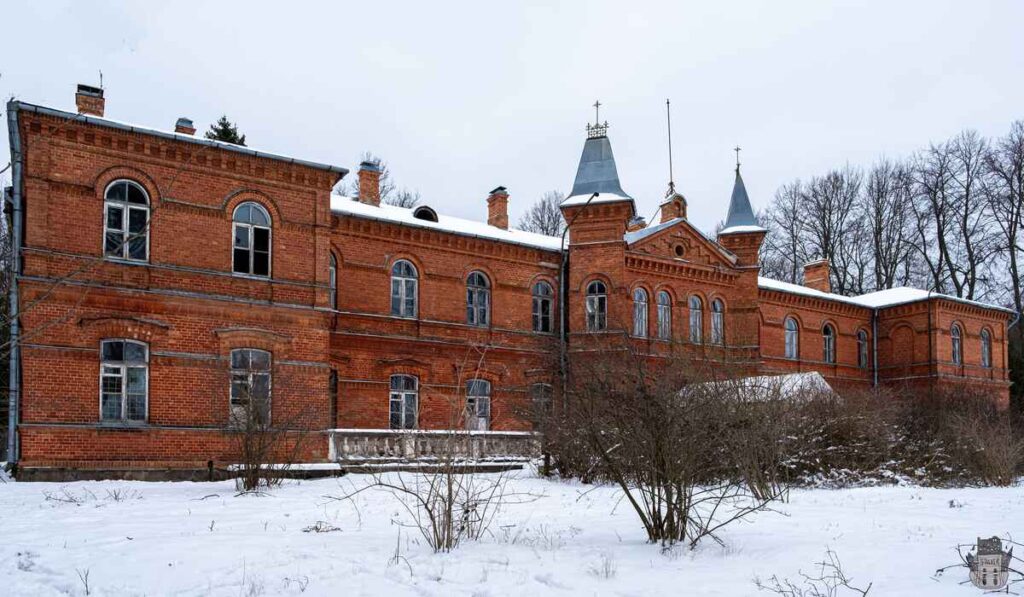
A Historical Epic: Mežciems and its Legacy
The sanatorium boasts a rich historical legacy dating back to the second half of the 17th century, when Old Believers fleeing Tsarist persecution found refuge in Mežciems, giving rise to the first settlement. The tireless efforts of the illustrious Plāteri-Zībergi family transformed the Līksna Estate into a lively cultural venue, attracting noble relatives from different parts of Europe, who in turn brought in distinguished musicians, renowned composers and acclaimed artists, and staged theatre performances. In the summer of 1883, on their ancestral estate, Count Plāters-Zībergs inaugurated a curative sanatorium with kumis (mare’s milk) and water treatments.
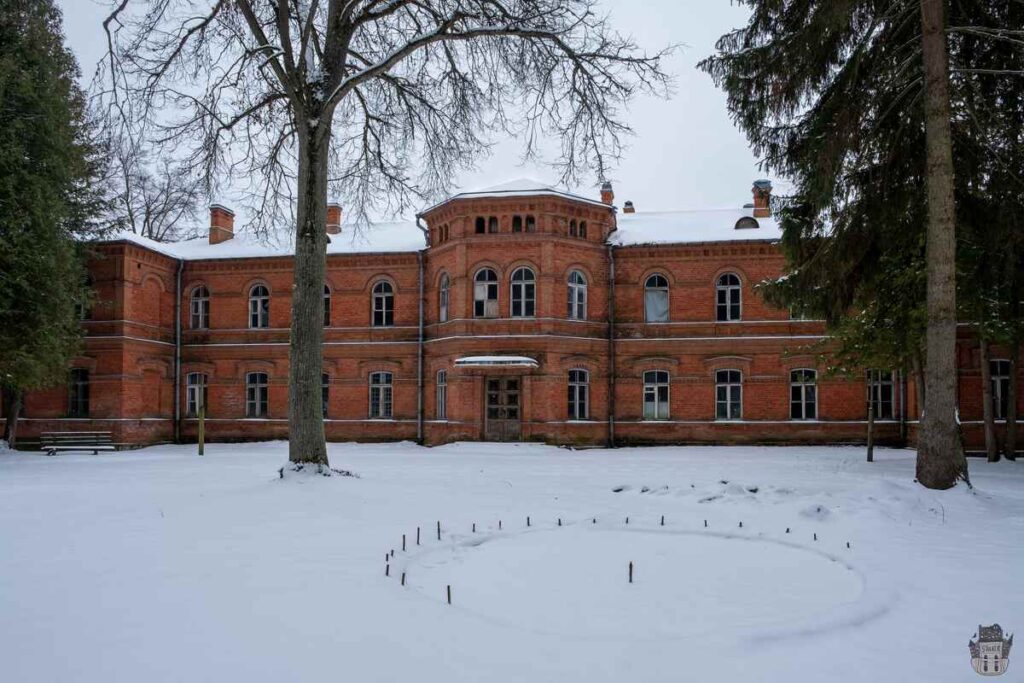
This sanatorium housed up to 90 patients for curative treatments based on kumis, mud and sulphuric acid. Pine forests and small lakes surrounded the sanatorium, the mud from which proved particularly beneficial for treating certain skin and nervous diseases. The medicinal mud was extracted from the local Trikartu lakes, while the mineral waters came from nearby springs. The name of these lakes derives from the Russian words ‘три карты’ (‘three cards’), associated with a mythological legend (see next section). Within a few decades, a unique tourist destination – a healing retreat – had thus been established – so popular that a new railway station had to be built to accommodate the influx of people from neighbouring regions and distant countries.

The Legend
Poguļanka’s famous healing mud was taken from the Trikartu lakes and transported in a horse-drawn cart to the sanatorium. However, no one knows exactly the origin of the name ‘Trikarts’, but legend has it that Count Plāters-Zibergs was an avid card player. Once, while playing cards with friends in the meadow, he often invoked the devil, who was said to reside in the vicinity of the forest. When the devil appeared, he offered Plāters a game of cards. Plāters-Zibergs won the game, but the devil, left with three cards, angrily threw them on the ground, saying: ‘Here are three lakes for you. Take the healing mud and get rich!” Indeed, with the help of this swamp, Plāters-Zibergs became rich. Unfortunately, only two of the Trikartu lakes (Trikarts and Mazais Trikartu Lake) have survived to this day, while the third has been completely covered by peat.
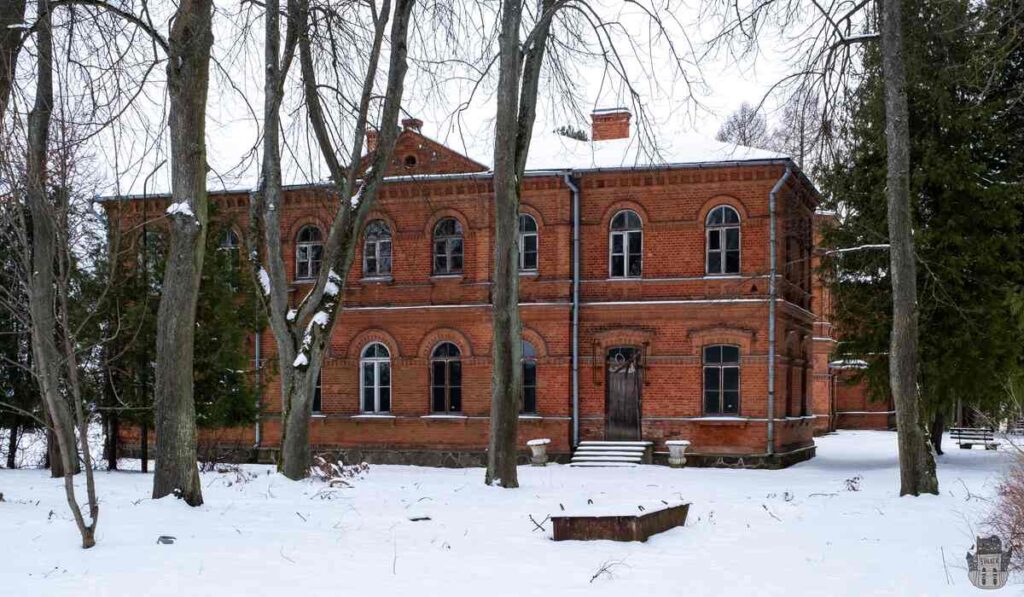
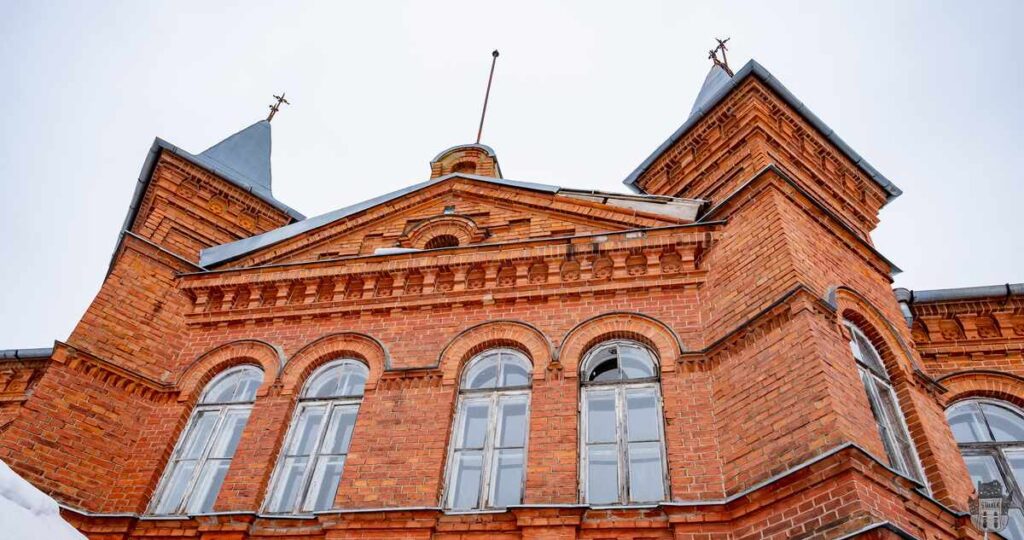
Architecture
The sanatorium comprises a complex of several buildings. The most distinctive silhouette of the resort belongs to the main red-brick administrative complex. This building represents a significant example of 19th-century Daugavpils red brick architecture. It was built during the era when Latvia’s architecture was influenced by historicism, drawing inspiration from the architectural heritage of previous centuries. While some of the buildings have now fallen into disrepair, the main building, overseen by renowned architect Vilhelms Neimanis, still stands the ravages of time.
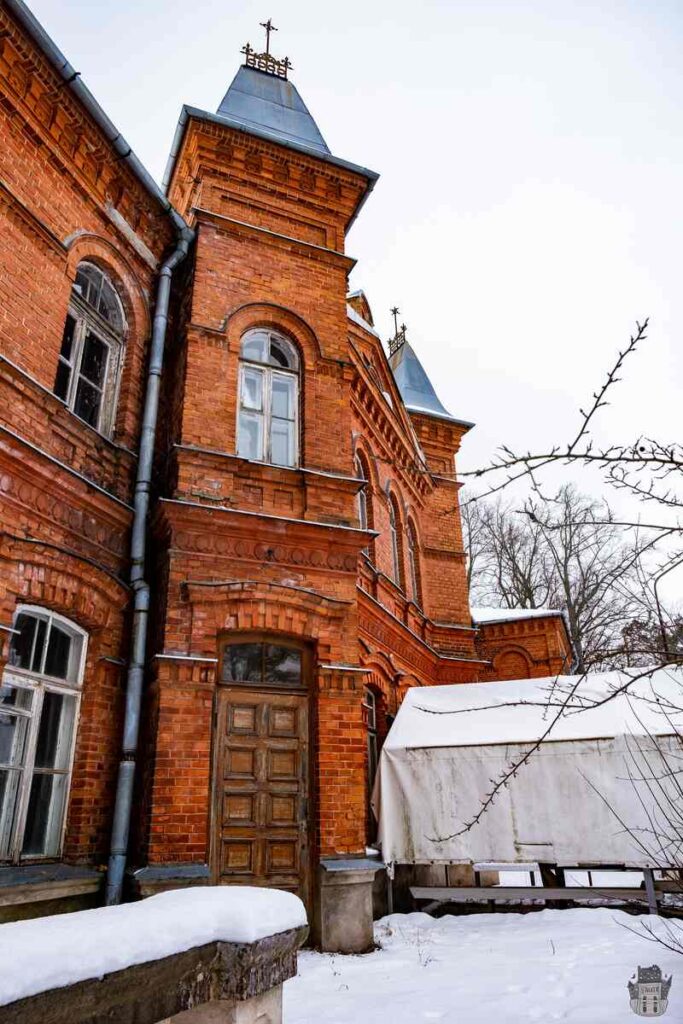
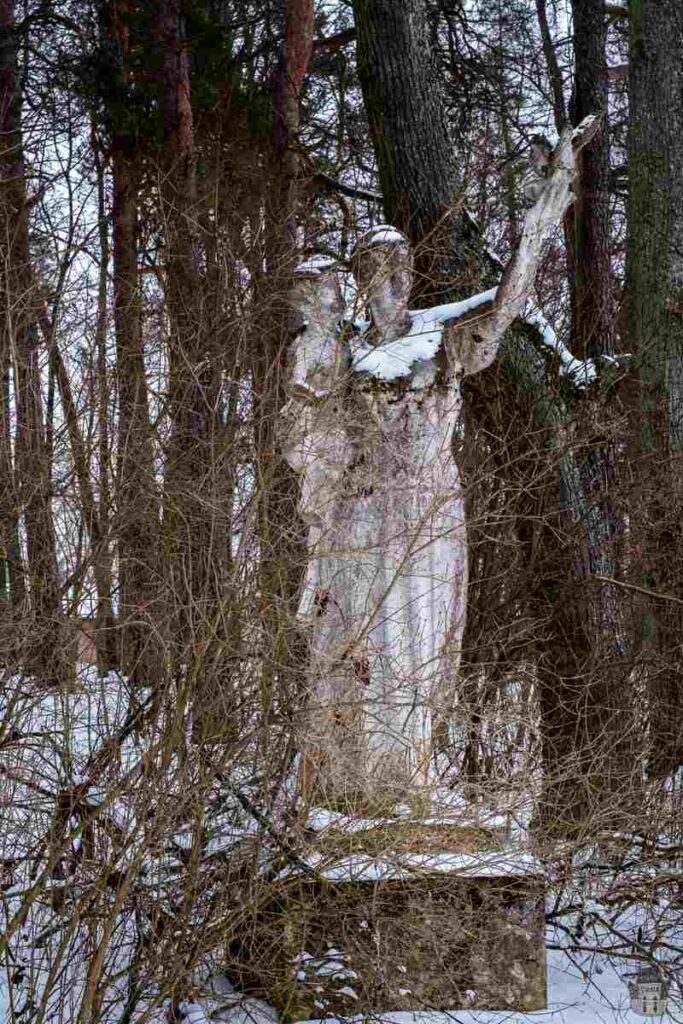
The notable contributions of architect Vilhelms Neimanis in the late 19th century played a key role in the development of Daugavpils and Mežciems. Some of his works include the current building of the National Art Museum of Latvia, the reconstruction of Riga Cathedral, as well as various palaces and castles in Latvia, all designed in the historicist style. The surroundings of Mežciems are characterised by the wooden architecture of summer houses, exclusive to this area. Fine wood carvings, shingle roof overhangs and decorative elements in the walls lend charm and authenticity to the place.
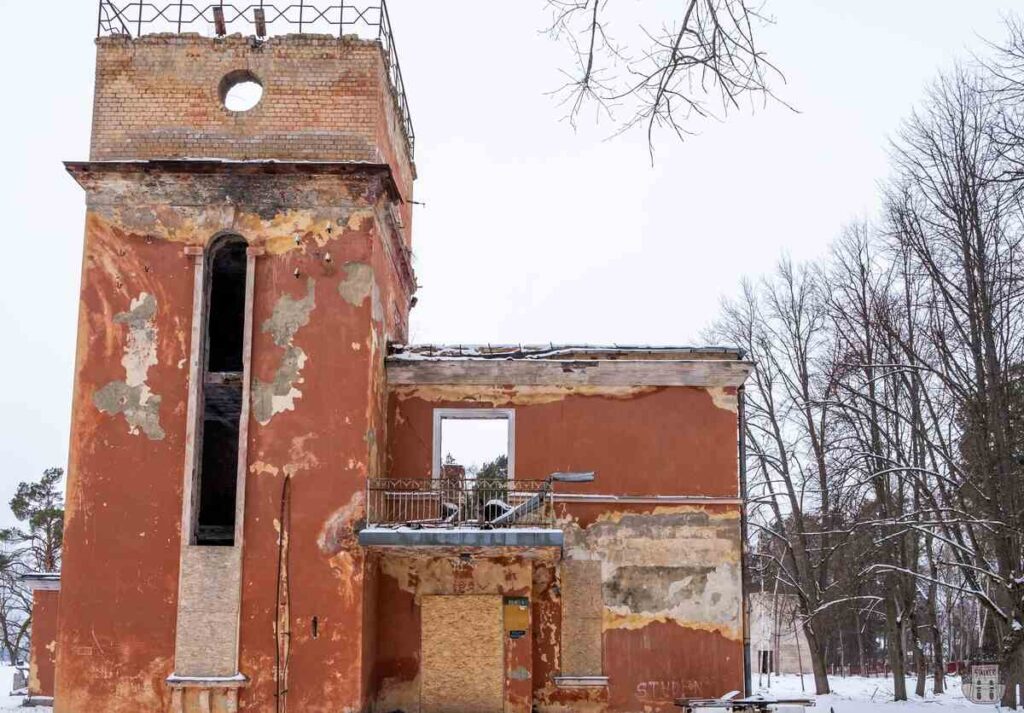
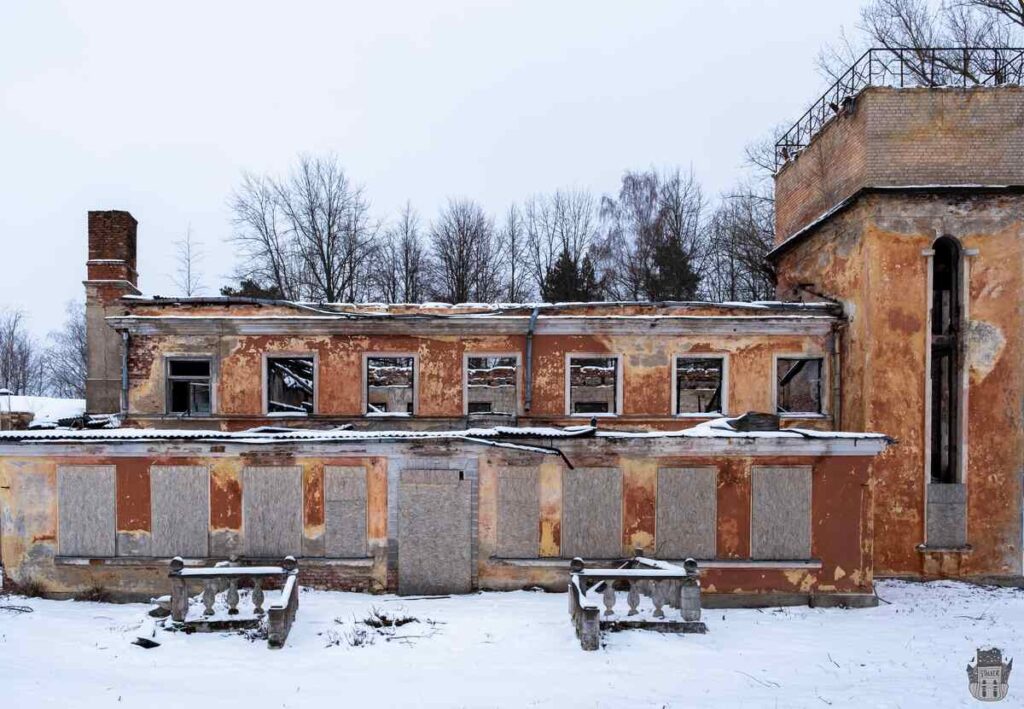
Challenges and Reflections
Despite its illustrious past, Mežciems now stands as a shadow of its former glory. The once flourishing resort has fallen into disrepair, its buildings bearing the signs of the times. For the Daugavpils City Council and the current owners, the task of charting a way forward has been marked by complexities. The negotiations for the sale of the property were characterised by disagreements over valuation, underlining the diverging visions for its future. While the attractiveness of commercial development looms on the horizon, concerns remain over the preservation of Mežciems’ cultural and historical heritage.


Towards Revitalisation: A Vision for Mežciems
Amidst uncertainty, a glimmer of hope emerges as stakeholders unite behind a common vision for the future of Mežciems. The revival of the sanatorium looms as an opportunity to rediscover its former glory and enhance its rich heritage. Through public-private partnerships and targeted funding, it is hoped to initiate restoration and development projects that preserve the unique authenticity and identity of Mežciems, making it a renowned destination for wellness and cultural tourism. With a shared commitment and a bold vision, Mežciems can be reborn as a hidden jewel of Latvia, once again as an oasis of health and beauty in the beautiful setting of its forests and tranquil waters.
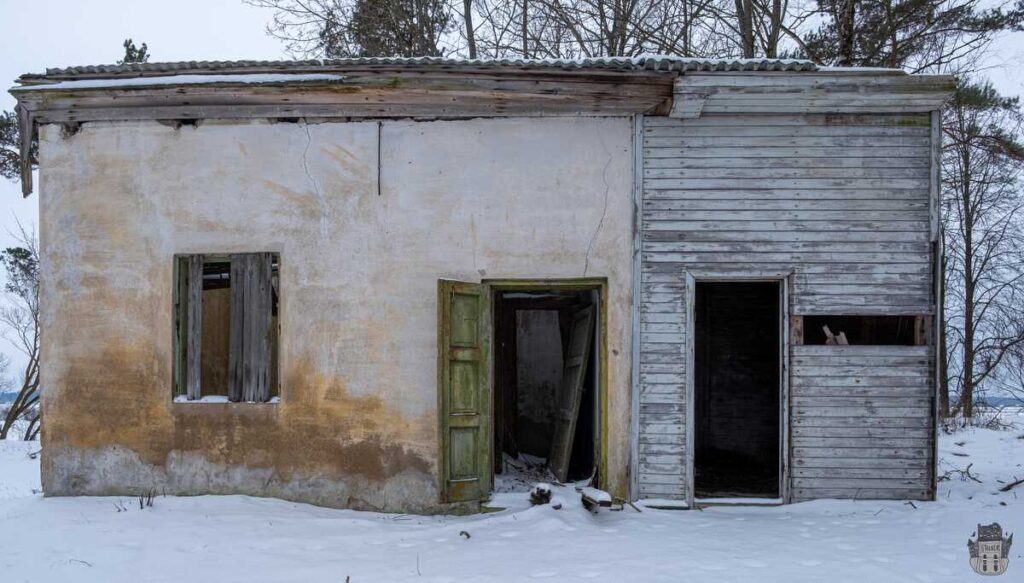
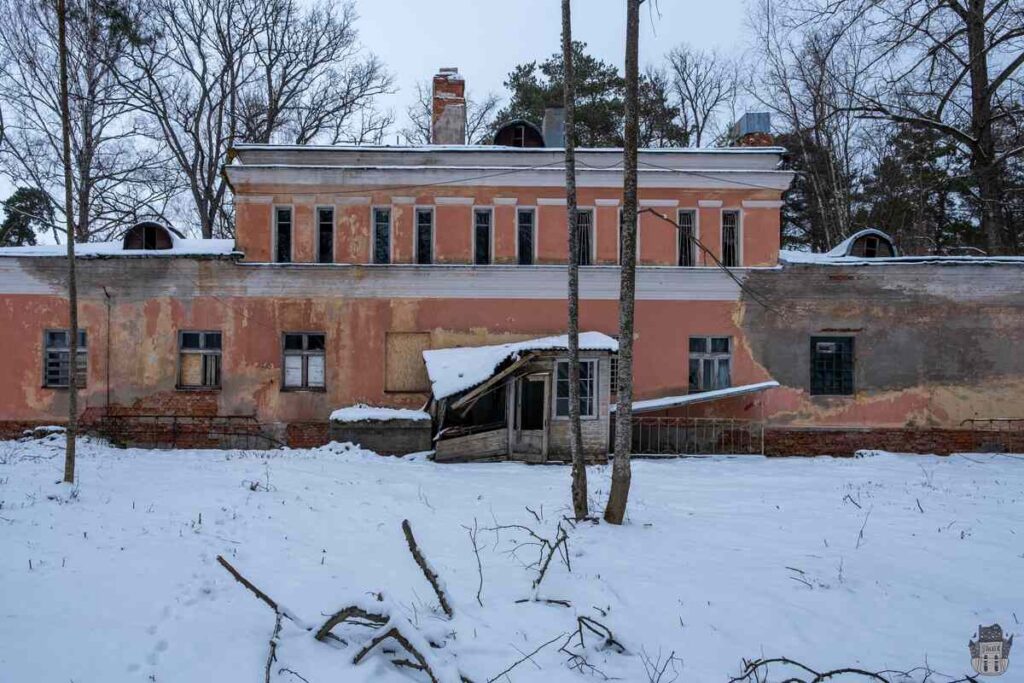
Even today, Mežciems retains all the potential to regain its former glory. Daugavpils boasts a well-developed road network connecting it to cities in Latvia and Lithuania, and within a radius of 100 km, there is no other spa and eco-tourism complex on this scale. Therefore, the untapped market sector could position this resort as a pioneer and leader in the area. Considering the current market situation, there is substantial demand for spa services in the Baltic States, Poland and Germany. In addition, the different price levels could encourage tourism from European countries to Latvia. Residents also show a positive attitude towards the development of the area – several Mežciems residents’ associations have been formed, promoting cooperation with the municipality and presenting their initial plans for the future vision of the area. The extensive Mežciems area is destined for further development and construction. The presence of the Medical College of Daugavpils could ensure a greater availability of well-educated personnel if needed.
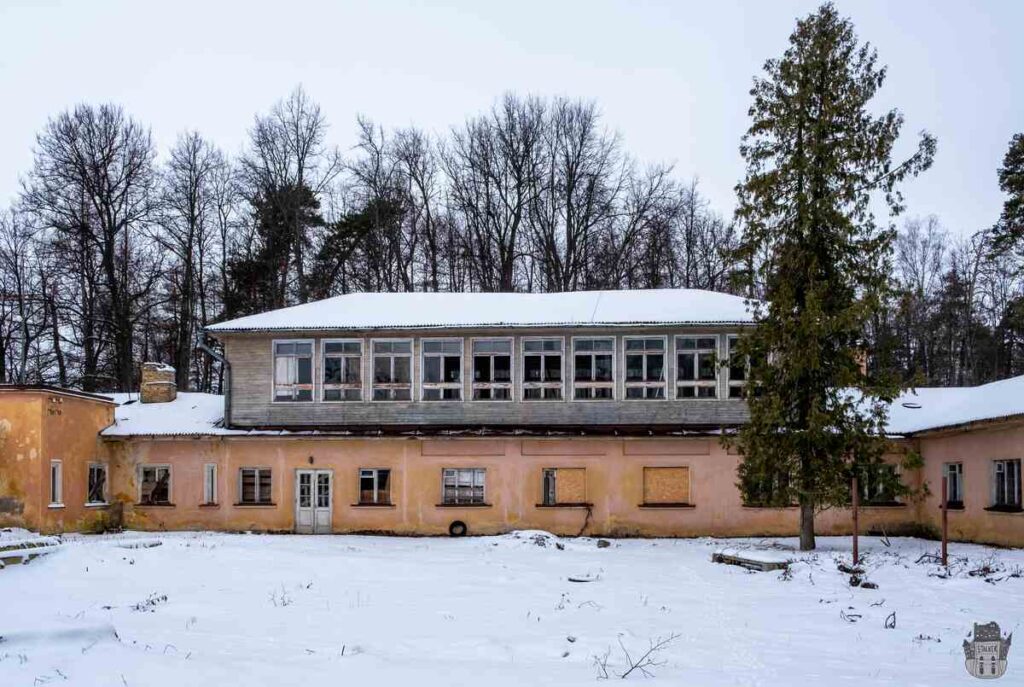
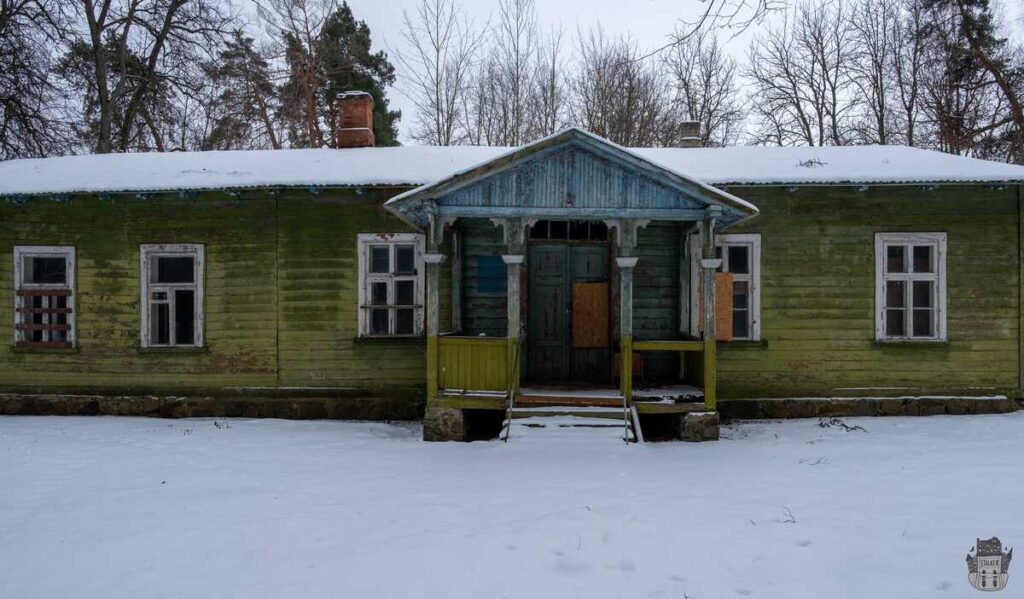
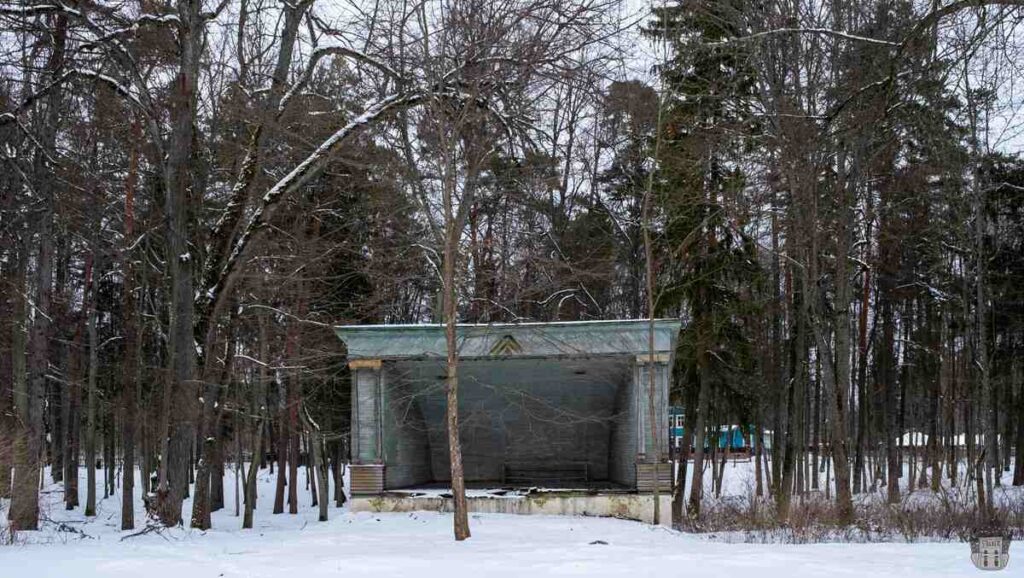
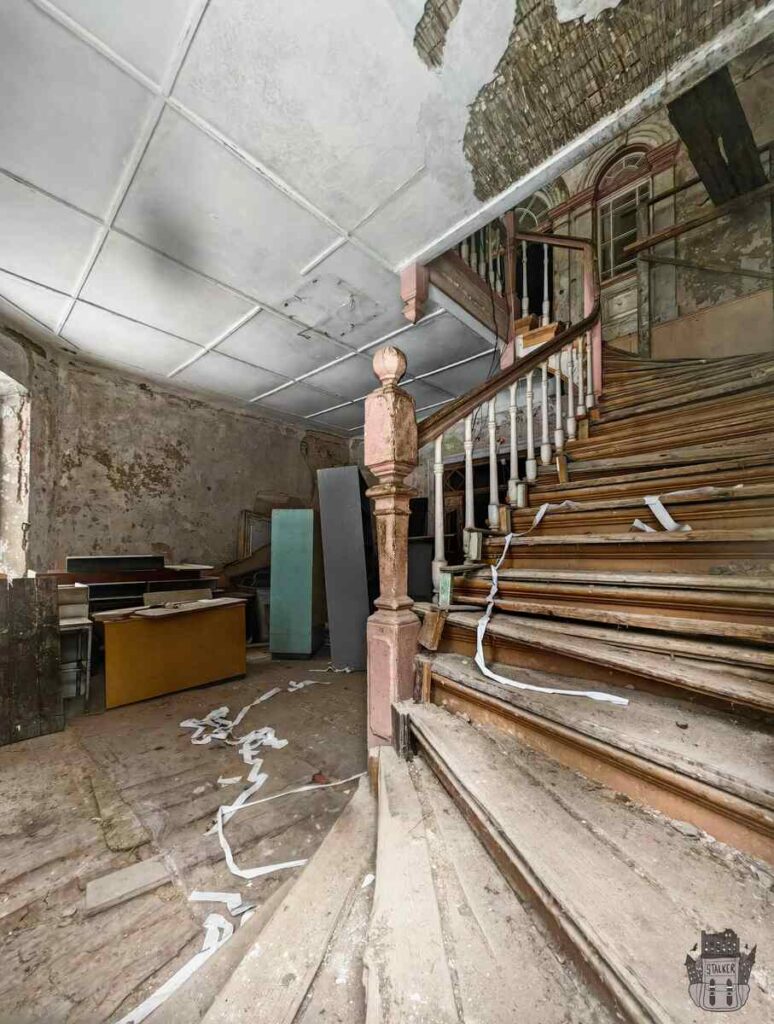
Urbex location:




